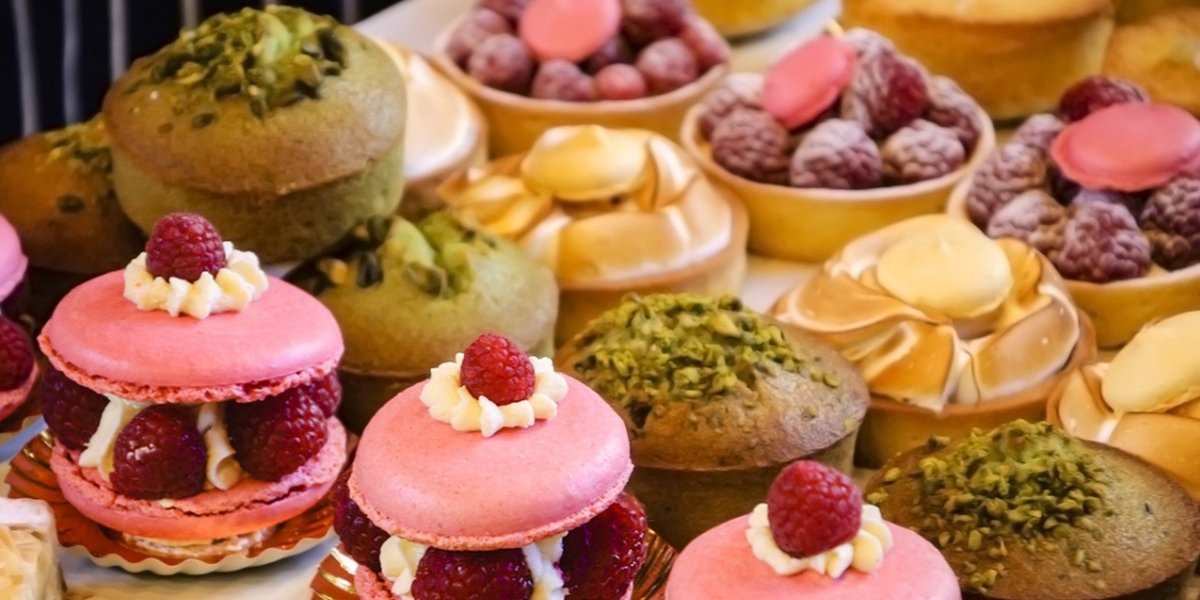In the seventeenth 100 years, the last course of a feast, which normally highlighted organic products, cheddar and nuts, was standard at the best supper tables of France. Continuously searching for new and flavorful dishes, the government extended those decisions to incorporate pastries, as dairy, eggs and margarine opened up and more well known. The best Lagnets gourmet specialists utilized their culinary abilities to make rich desserts, and bread pastry shops all through Paris stuck to this same pattern. Pastisseries before long showed up on the city roads, highlighting mouth-watering pastries conspicuously showed in their front windows.
“Dessert” is gotten from desservir which signifies “clear the table” in French, and the custom of serving something sweet after the fundamental feast became famous with the privileged societies. It didn’t take long for the overall people to explore different avenues regarding custardy rich dishes, and the sweet course as far as we might be concerned was conceived. Albeit basic cakes and pies had been around for quite a long time, they were normally served for unique events and occasions, however the last pastry course turned into a hit for French gastronomes.
Illustrious and well off families recruited cake gourmet specialists, called pâtissies, whose mastery was progressively popular as the French fostered their desire for these pastries, and bistros sprung up around Paris to satisfy the need, where one could partake in a napoleon and some espresso, or bring back home a couple of top choices.
Marie Antoinette, the last sovereign before the French Insurgency, is frequently credited with requesting up a portion of the principal pastries, which might have included petit fours and macaroons. Having a refined and requesting sweet tooth, she dazzled her supper visitors with these new manifestations and crunched on them secretly in her boudoir. At the point when there was a bread deficiency in Paris, she purportedly conveyed her popular line, “Let them eat cake.” (Sovereign Marie was not known for her sympathy and liberality towards the everyday citizens.)
Perhaps of the most renowned French cookbook, distributed in 1651 entitled Le Cuisinier François, included recipes from a “superstar gourmet expert” named François Pierre, Sieur de la Varenne. He was the Julia Offspring of his time, and were he alive today he clearly would have his own show on the Food Organization, alongside a total line of originator cake devices and baking container. Francois shared recipes for the majority of the famous French pastries, so the normal people could treat themselves, gave they approached the rich and exorbitant fixings he utilized for his affluent customer base.
In light of the wealth of organic product in America, numerous pilgrim desserts were ready with apples, peaches, plums and berries. Be that as it may, with the deluge of migrants, every ethnic gathering brought its own recipes and opened bread kitchens and eateries, presenting their native food sources. In the eighteenth 100 years, a huge number of French locals started to show up on the shores of the New World, carrying their culinary abilities with them and extending America’s collection of treats and sweet joys, also waistlines. Obviously, Thomas Jefferson, consistently out in front of the group, presented new culinary finds from his excursions to Paris and brought back champagne and baked good batter recipes for his amazing suppers at the White House.
What separates French pastries from other nation’s desserts and cakes are a few particular contrasts:
Many French pastries are flaky from the liberal utilization of margarine;
Readiness of French pastries is drawn-out and tedious, requiring exact estimating and baking;
Layers of rich batter set aside some margin to carry out and request accuracy by committed gourmet experts;
Meringues, custards and mousses are work serious; one goof and you have a soured wreck;
Show is vital, as French pastries are rich and require imaginative fixation;
Eclairs, madeleines, cream puffs, and napoleons head the rundown of top picks; and in case it wasn’t already obvious, there is no proof that napoleons were named for the French Sovereign and military pioneer who shares the name, and it is exceptionally dubious he nibbled on them during fights.
Famous French culinary specialist Julia Kid knew all about it. Furthermore, she accomplished other things than her part to acquaint Americans with the enjoyments of French food. However, on account of specialty pastry shops and general store coolers, we can take the path of least resistance. Pardon us, Julia, however let us eat cake instant.
Dale Phillip, foodie and creator, gets frail simply considering treats and French pastries. Her top picks incorporate madeleines, organic product tarts and brioche. She grew up with a mother who made dissolve in-your-mouth eclairs and saw firsthand the expertise required. In her local Chicago, French eateries and bread shops prospered however are tragically ailing in Southern California, where she currently resides.
